| |
 |
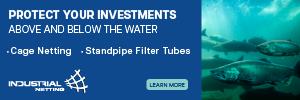 |
| |
 |
|
@{mv_date_MMM d, yyyy}@ |
| |
|
| |
In the wake of President Trump's intention to impose tariffs on Canadian goods, it's only important to discuss the impact to the aquaculture industry. Enjoy the latest episode of our Salmon Farming podcast.
- Seyitan Moritiwon, Associate editor
|
|
| |
|
| |
NOAA Fisheries, University of British Columbia scientists, and the Alaska Sea Grant have released the second edition of the Field Guide to Seaweeds of Alaska.
» Read More...
NOAA Fisheries and Blue Ocean Mariculture are using technology to study Hawaiian monk seal interest in aquaculture net pens in Hawai'i. Blue Ocean Mariculture is the only commercial offshore finfish aquaculture facility in Hawai'i waters.
» Read More...
A marine eco-physiologist and associate professor of aquaculture and fisheries at the University of Rhode Island (URI) says that raising sea urchins is part of a viable industry. Coleen Suckling said there are many projects on urchin farming taking place both on and off the URI campus, including optimizing hatchery production.
» Read More...
|
| |

|

|
| |
|
| |
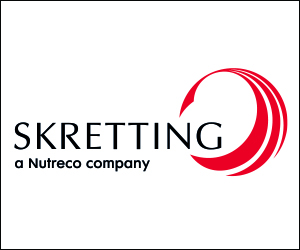
Skretting believes supporting aquaculture workforce development in indigenous communities is crucial for the sustainable growth of farmed fish as well as improving local food security.The Skretting Indigenous Aquaculture Scholarship is a one time cash scholarship for a student pursuing an Undergraduate, Graduate or Vocational/trade in an Aquaculture related field.
» Learn More
|
| |
|
| |
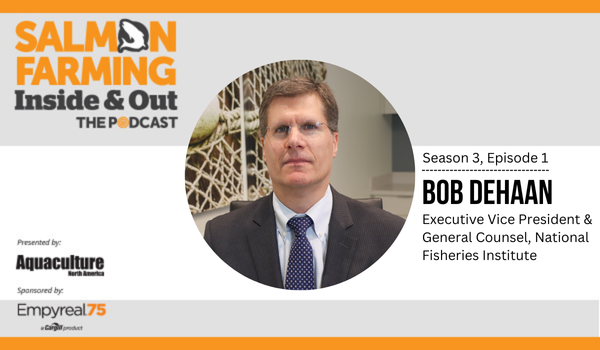 Robert (Bob) DeHaan is the executive vice-president and general counsel of the National Fisheries Institute (NFI), the USA’s largest commercial seafood trade organization. In that capacity, he leads NFI regulatory and international trade advocacy. Prior to joining NFI, DeHaan held multiple trade and transportation roles in the administration of President George W. Bush.
» Read More...
Robert (Bob) DeHaan is the executive vice-president and general counsel of the National Fisheries Institute (NFI), the USA’s largest commercial seafood trade organization. In that capacity, he leads NFI regulatory and international trade advocacy. Prior to joining NFI, DeHaan held multiple trade and transportation roles in the administration of President George W. Bush.
» Read More... |
| |
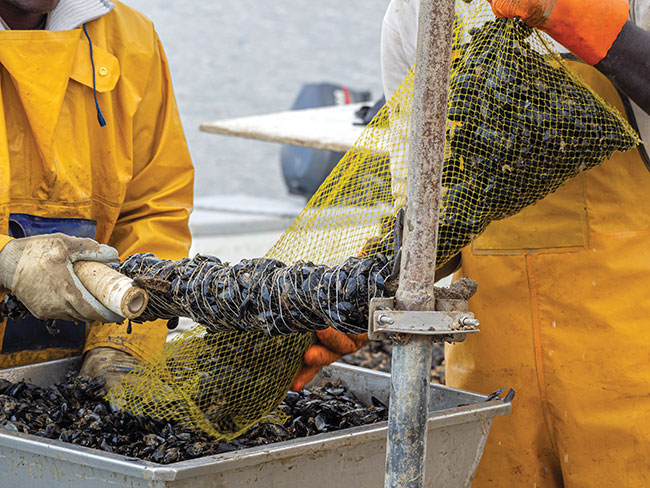 Shellfish farming is an important and tremendously productive part of the Canadian aquaculture industry. There are over 2,600 marine shellfish farms in Canada, with production averaging over $100 million per year. Most jobs in this sector are in rural, coastal and/or First Nations communities. Beyond the economic impacts, there is great cultural value in these operations.
» Read More...
Shellfish farming is an important and tremendously productive part of the Canadian aquaculture industry. There are over 2,600 marine shellfish farms in Canada, with production averaging over $100 million per year. Most jobs in this sector are in rural, coastal and/or First Nations communities. Beyond the economic impacts, there is great cultural value in these operations.
» Read More... |
| |
| |
|
| |
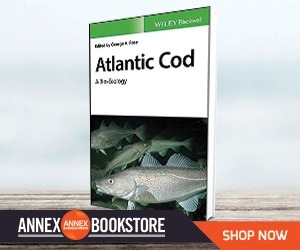
Atlantic Cod: Bio-Ecology of the Fish offers insightful chapter coverage of cod nomenclature, taxonomy, phylogeny and morphology; physiology and ecophysiology; reproduction and spawning behavior; early life history and pre-recruitment processes; migrations, movements and stock identity; feeding, growth and energetics; the place of cod in the ecosystem and many other topics.
» Shop Now
|
| |
|
| |
A scientist at the University of New Hampshire (UNH)’s College of Life Sciences and Agriculture (COLSA) is studying how integrated multi-trophic aquaculture (IMTA) has found oysters help control the production of nitrogen produced from farming shrimp.
» Read more
NOAA Fisheries has created a guide to the shellfish aquaculture permitting process in Washington State. This guide is for people interested in learning about the aquaculture permitting processes for growing oysters, mussels, clams, geoduck, or other shellfish commercially in Washington State.
» Read more
|
| |
|
| |
» Read More...
|
|
» Read More...
|
|
» Read More...
|
|
» Read More...
|
|
» Read More...
|
|
| |
|
| |
|
|
| |








